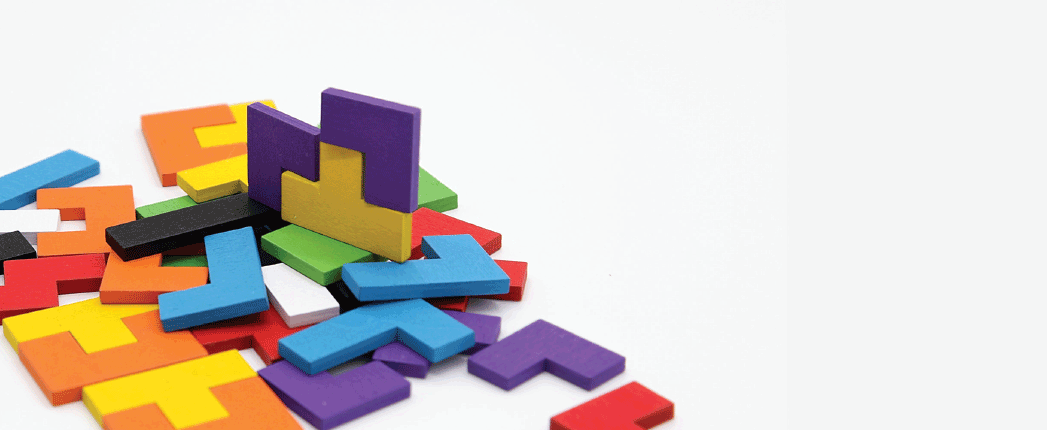
Sustainability
In this rapidly changing world, there’s no single strategic path to a sustainable future. The ability for entrepreneurs to create opportunities from value-adding coincidence allows them to build on serendipity for sustainability.
Serendipity is considered one of the most beautiful English words but also one of the most difficult to translate to other languages. It comes from Serendip, the old name for Sri Lanka, and was invented in the 18th Century on the inspiration of the fairy tale “The Three Princes of Serendip,” whose heroes often made discoveries by chance.
Serendipity means a positive development from random chance, but it stands for much more than just simple happy coincidences. The art of serendipity is to gain and use important insights from chance encounters. Those with skill can draw their own conclusions and derive concrete actions.
As Goethe so beautifully said: “I walked in the forest without perspective, and nothing to seek—that was my objective.”
There are many well-known examples of serendipity in history, art, science and business: Columbus’ discovery of the New World; Picasso’s Blue Period; Fleming’s discovery of penicillin; the evolution of the world wide web; the invention of the Post-it; and most recently the BioNTech COVID-19 vaccine.
But how can we create space for serendipity to support sustainability? According to a 2015 study, serendipity is based primarily on two factors—preparedness and noticing—i.e., being ready for the wave of chance and recognizing it at the right moment.
Today businesses are asked to reinvent their companies for positive sustainable impact, but it’s hard to know exactly which path will lead to a sustainable future, as there are at least two ways to create a sustainable business model, according to theory. Either the process is A: formal and predictive—focused on an event or result—or it’s B: dynamic and adaptive.
Entrepreneurs with a formal approach anticipate the desired outcome and use a clear business plan to make decisions. But entrepreneurs with a more dynamic approach adapt their actions and desired outcomes depending on context. They may have a concrete problem to solve, but their path toward the goal is flexible, and they may embrace new goals on the way due to that flexibility.
These latter entrepreneurs teach us that the future is uncertain, but we can still create business models with positive sustainable impact. Their experience reminds me of the game Tetris. It’s often impossible to predict how things will look in the end. But if you’re good, you make the most of the falling pieces to make the most points.
In the game of sustainable development, there isn’t just one pathway or binary choice between A or B. Entrepreneurs need both planning and flexibility to handle uncertainty while staying focused. Indeed, there may not even be a clear pathway to start with, but rather small tracks that eventually lead us in the right sustainable direction. We can’t expect to solve all the new global challenges by operating only within the same systems that created them.
John Lennon said, “Life is what happens when you had other plans.” This may be true, but I prefer to give chance a chance and rather go with Seneca, who said, “Luck is what happens when preparation meets possibility.”
STAY SERENDIPitable!
Apu Gosalia is a sustainability expert. He can be reached at apurva.gosalia@web.de.